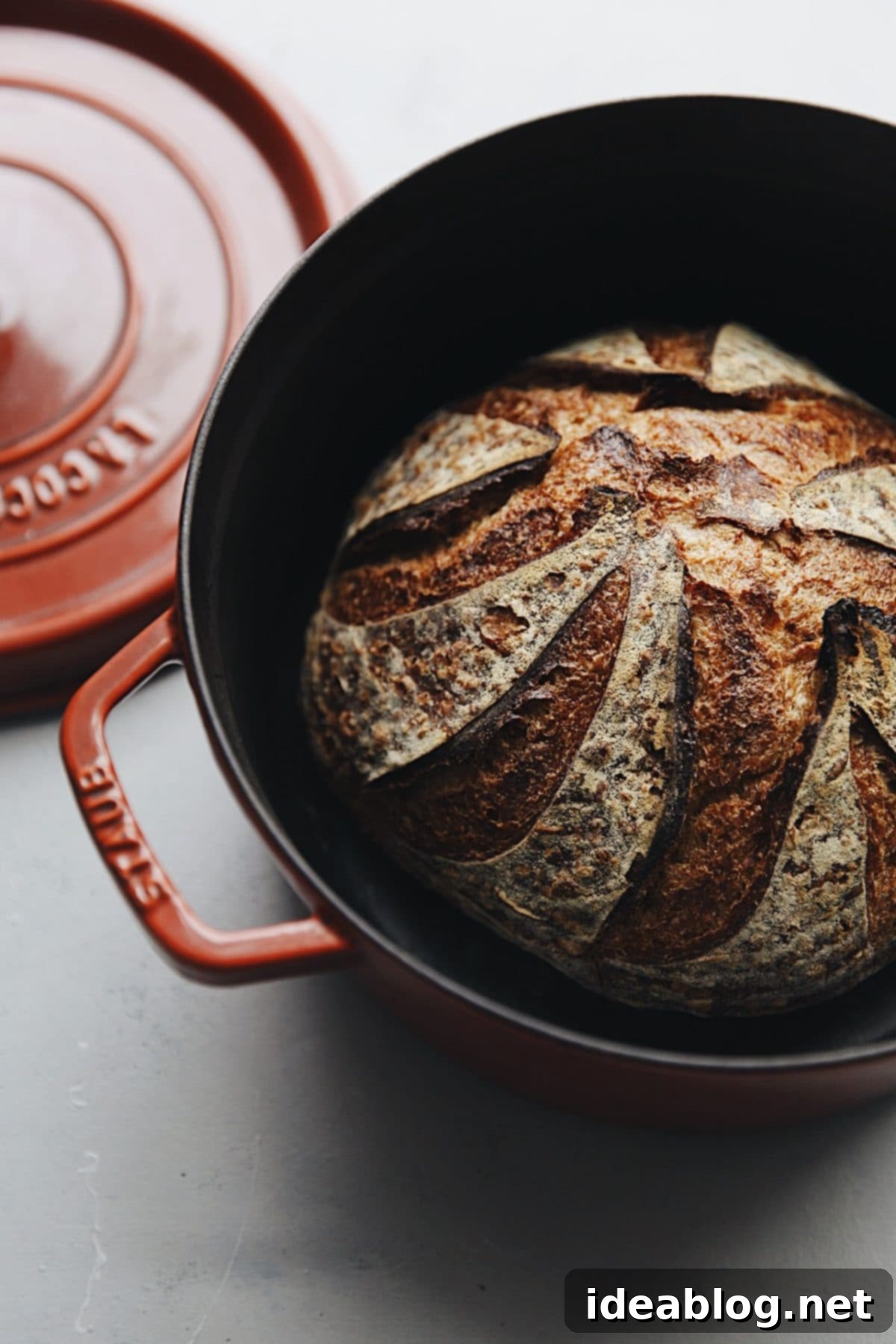Mastering Homemade Sourdough: Your Comprehensive Guide to Essential Tools, Cookbooks, and Resources
An extensive and updated guide to my favorite tools and essential resources for crafting delicious homemade sourdough bread.
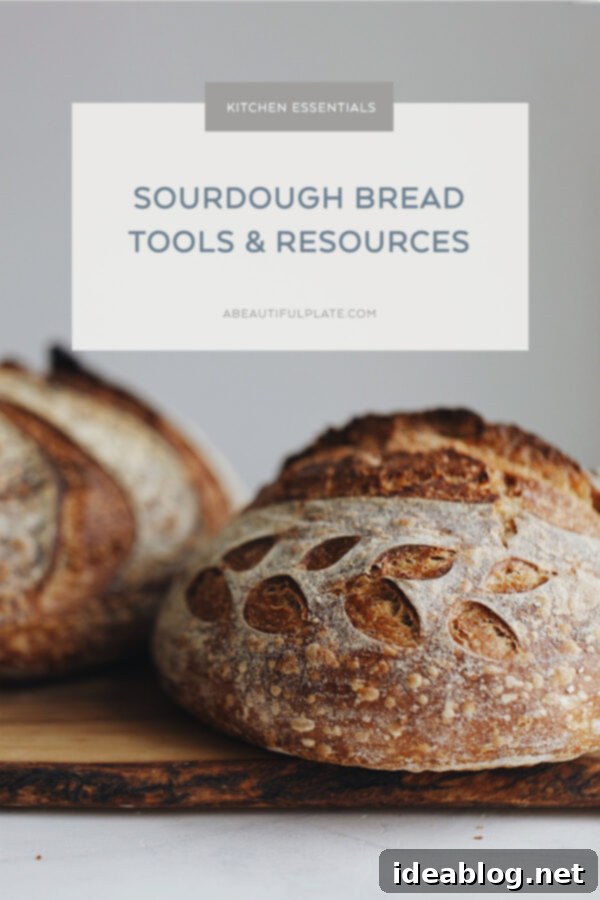
This definitive guide was originally published in October 2018 and has been thoroughly updated with new photographs, enhanced recommendations, and expanded content in February 2022 to provide the most current and helpful information for sourdough enthusiasts.
Each year, I embark on a culinary adventure, setting ambitious cooking and baking goals to challenge myself and expand my skills. This ongoing process not only keeps my passion for food vibrant but also encourages me to slow down, immerse myself in the art of creation, and truly savor every step of the journey. Over the past few years, one of my most significant and rewarding culinary quests has been mastering the art of making homemade sourdough bread – a remarkable fermented bread crafted solely from naturally occurring wild yeasts and beneficial bacteria.
My initial foray into sourdough baking began some time ago. I successfully developed a sourdough starter and even attempted a few loaves. However, life’s demands, including extensive travel and various projects, unfortunately sidetracked my efforts, and the intricate process was never fully documented or refined. The dream of consistent, artisanal sourdough remained just out of reach.
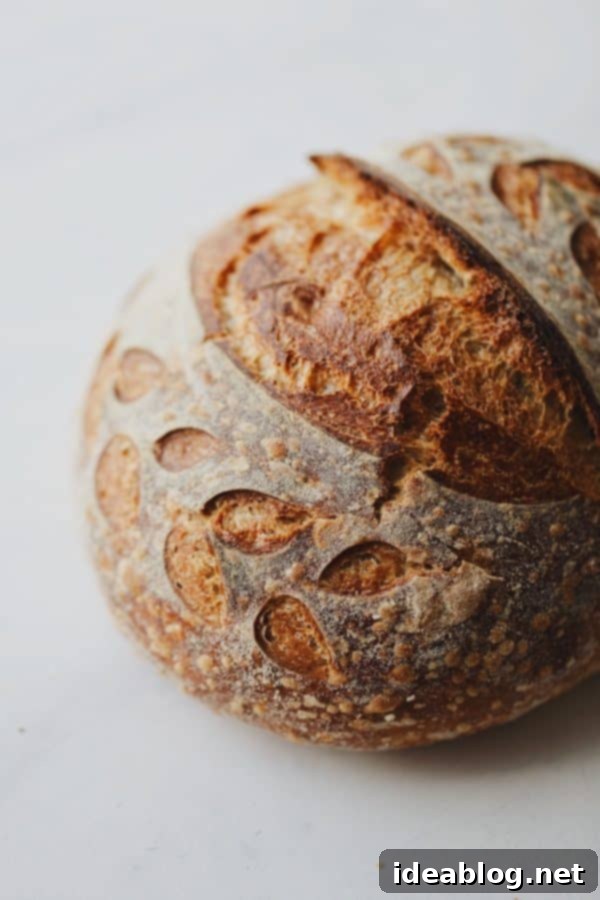
Then, in the summer of 2018, a spontaneous surge of inspiration struck, fueled by a memorable trip to France and its incredible bread culture. It was then and there that I decided to fully commit to my sourdough journey. I meticulously created a new sourdough starter, nurturing it with daily feedings and careful attention.
Today, I am the proud owner of a flourishing homemade sourdough starter, affectionately named Breadley Cooper. Its consistent activity and robust fermenting power bring immense satisfaction. You can follow my journey of creating and maintaining this vibrant sourdough starter through a series of engaging video updates on my Instagram account, offering a real-time glimpse into the fascinating world of sourdough.
The learning process has been nothing short of fascinating and profoundly rewarding. There’s an unparalleled excitement that comes with slicing into a freshly baked loaf of sourdough bread, revealing its airy crumb and enjoying its tangy flavor. The ability to prepare an incredible sourdough pizza from scratch at home has also been a game-changer. These successes ignited a deep desire within me to share my passion, detailed recipes, and the entire baking process with fellow home bakers, aiming to demystify this often-perceived complex craft.
Our Mission: My ultimate goal is to encourage, inspire, and empower home bakers by making the process of sourdough baking easier, more accessible, and profoundly rewarding for everyone, regardless of their prior experience.
Indeed, the world of sourdough baking can initially appear daunting. Its unique terminology, complex-sounding techniques, and the mysterious nature of fermentation can be confusing, difficult to follow, and, at times, downright frustrating. Many aspiring bakers are intimidated by the perceived difficulty and the vast array of information available.
However, I firmly believe that every single one of us has the potential to bake amazing, truly artisanal sourdough bread right in our own kitchens. With the right guidance, patience, and a few essential tools, you too can achieve spectacular results that rival professional bakeries.
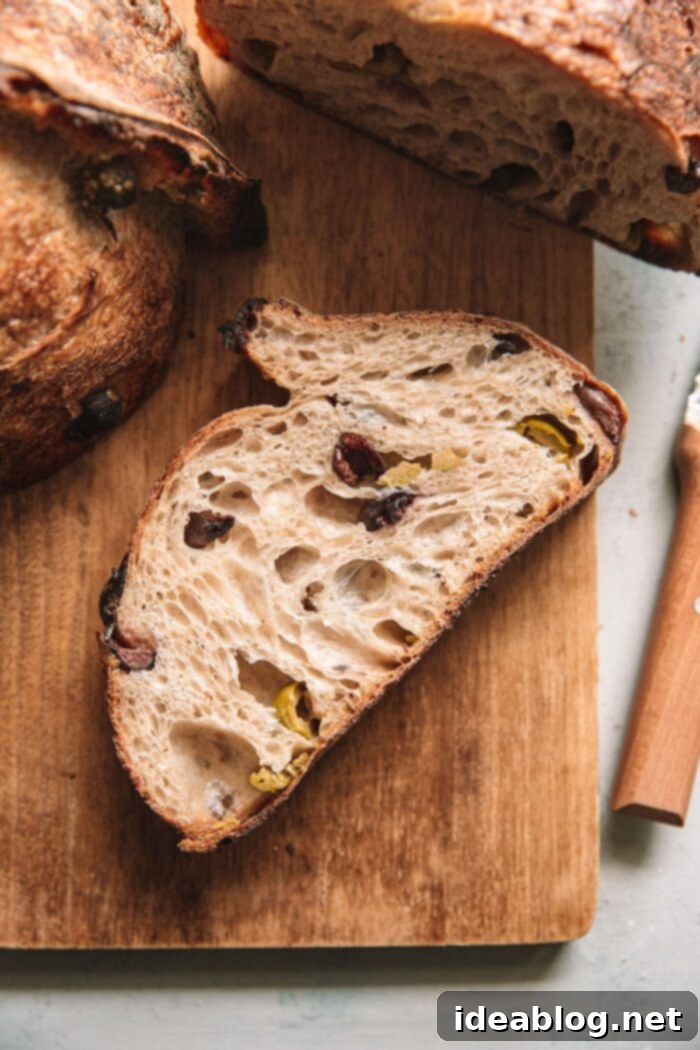
Before we fully immerse ourselves in the exciting world of baking, let’s first thoroughly discuss the must-have tools and equipment for successful sourdough baking. While it’s certainly possible to improvise with existing kitchen items for some steps, there are a few fundamental essentials that you will undoubtedly need to acquire before embarking on your baking journey. Investing in these foundational tools will significantly enhance your experience and the quality of your homemade sourdough.
In this comprehensive guide, you will discover an exhaustive list of my absolute favorite resources, invaluable cookbooks, and highly recommended sourdough bread tools. Each recommendation is based on extensive personal experience and rigorous testing in my own kitchen.
I’ve meticulously structured this guide to include both the absolutely essential must-have’s for enthusiastic beginners, alongside a carefully curated list of highly beneficial optional tools designed for the more advanced home baker eager to refine their craft and explore new techniques. This way, you can build your sourdough toolkit intelligently, aligning with your current skill level and future aspirations.
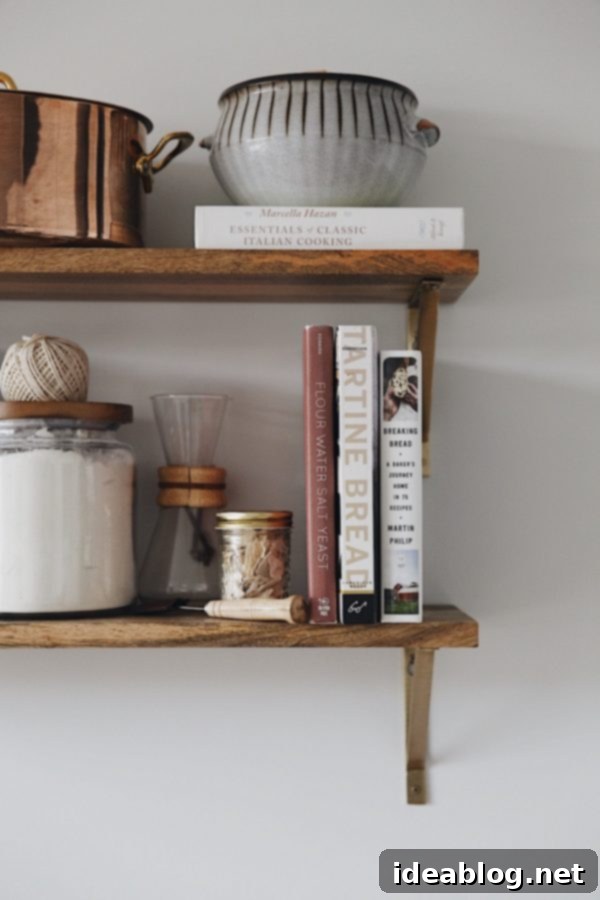
Please note that this post contains affiliate links. This means that if you choose to purchase an item through any of the links below, I may receive a small commission at no additional cost to you. These commissions help support this blog and allow me to continue creating valuable content.
A Note Before You Begin: While this guide is intentionally lengthy and highly detailed, please do not be overwhelmed or deterred by the extensive list of items provided below. The reality is that there are only a handful of truly required tools necessary to start baking excellent sourdough bread at home. This comprehensive list, however, encompasses all of my thoroughly tested and trusted favorites, including several optional tools that, through my experience, genuinely make the entire sourdough process both significantly easier and immensely more enjoyable. Prioritize the essentials first, then consider adding optional tools as your passion grows.
For more in-depth guidance and to troubleshoot common issues, be sure to explore my other dedicated Sourdough Resources. These include my invaluable Sourdough Starter Troubleshooting Guide, designed to help you revive and maintain a healthy starter, and my detailed Sourdough Bread Baking Troubleshooting Guide, which addresses common baking challenges and helps you achieve consistent, beautiful loaves.
Favorite Sourdough & Bread Cookbooks & Essential Learning Resources
Tartine Bread – This iconic cookbook from Chad Robertson is a foundational text and a truly wonderful addition to any serious bread baking collection. Tartine is renowned for elevating artisan bread and inspiring countless home bakers. With that said, I highly recommend using this cookbook in conjunction with other resources, especially if you are a beginner. The classic bread recipe and method, particularly the sourdough starter guide, can be vaguely detailed and often assumes a certain level of existing understanding from the baker. Additionally, the long-format recipes, while comprehensive, can sometimes be frustrating to follow due to their density. However, there is an immense wealth of information, profound insights into dough development, and foundational techniques to glean from this book if you are willing to read it thoroughly and apply patience to its teachings!
Flour Water Salt Yeast – Penned by Ken Forkish, this is unequivocally one of my favorite and most frequently used bread cookbooks. Flour Water Salt Yeast draws significant inspiration from the celebrated Tartine bread method but distinguishes itself by offering substantially more detail regarding essential tools, equipment recommendations, and the underlying science of baking. The recipes are incredibly well-structured, easy to follow, and critically, contain practical sample baking timelines, which are extremely helpful for beginners navigating the often-long fermentation schedules of sourdough. It is worth noting for prospective sourdough bakers that the majority of bread recipes in this cookbook utilize commercial yeast (either instant or active dried yeast), with only a limited quantity dedicated exclusively to pure levain (sourdough starter) recipes. Nevertheless, the foundational knowledge applies broadly to all artisan bread.
The Perfect Loaf – Maurizio Leo’s website is a goldmine and easily one of my top go-to sourdough bread baking resources. His website is absolutely packed with well-tested sourdough recipes, each providing thorough explanations, detailed instructions, and crucially, step-by-step process photos that are immensely helpful for visual learners. This is the exact method that I personally used for developing and maintaining my sourdough starter, and I had the most consistent success with it. If you’re hesitant to invest in cookbooks right away, this is an exceptional, free resource to diligently follow and bookmark for constant reference.
Baker Bettie – My talented friend, Kristin Hoffman, shares an equal, if not greater, enamorment with sourdough bread baking. She has generously shared an incredible wealth of accessible resources on her website, particularly beneficial for beginners. I highly recommend checking out her comprehensive YouTube channel, especially if you’re looking to gain a deeper, intuitive understanding of the fundamental “why’s” behind baking techniques and processes. Kristin is an outstanding and remarkably clear teacher.
The Bread Baker’s Apprentice – While this acclaimed cookbook by Peter Reinhart is not exclusively sourdough-focused, this James Beard award-winning masterpiece is an incredibly helpful and comprehensive resource for anyone looking to seriously dive into the broader world of bread baking. If your aim is to truly understand the fundamental whys of bread baking – the science behind fermentation, gluten development, and various techniques – this book is packed with invaluable information and baking science fundamentals. It also contains master formulas for everything from classic boules to artisanal bagels, rich brioche, and much more, making it a stellar investment for any aspiring baker.
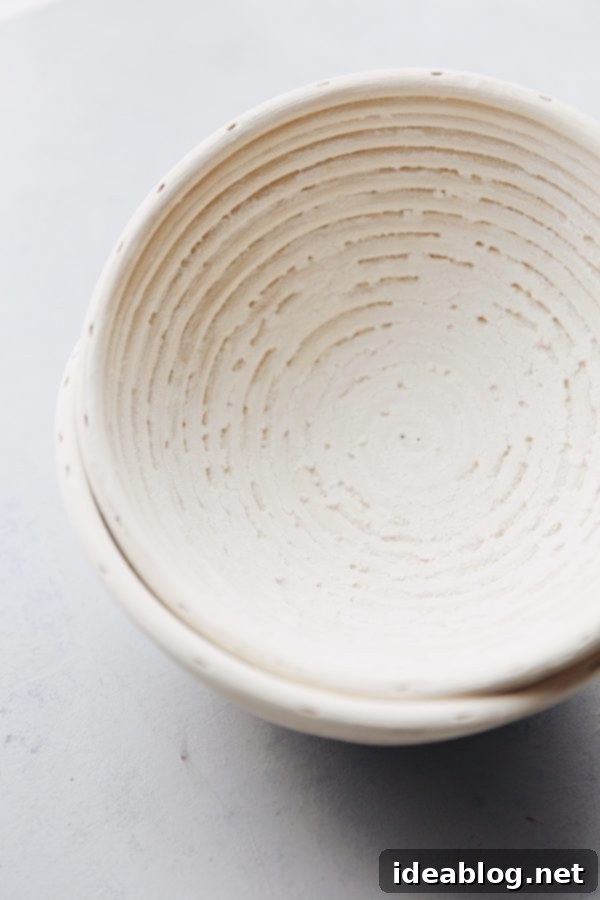
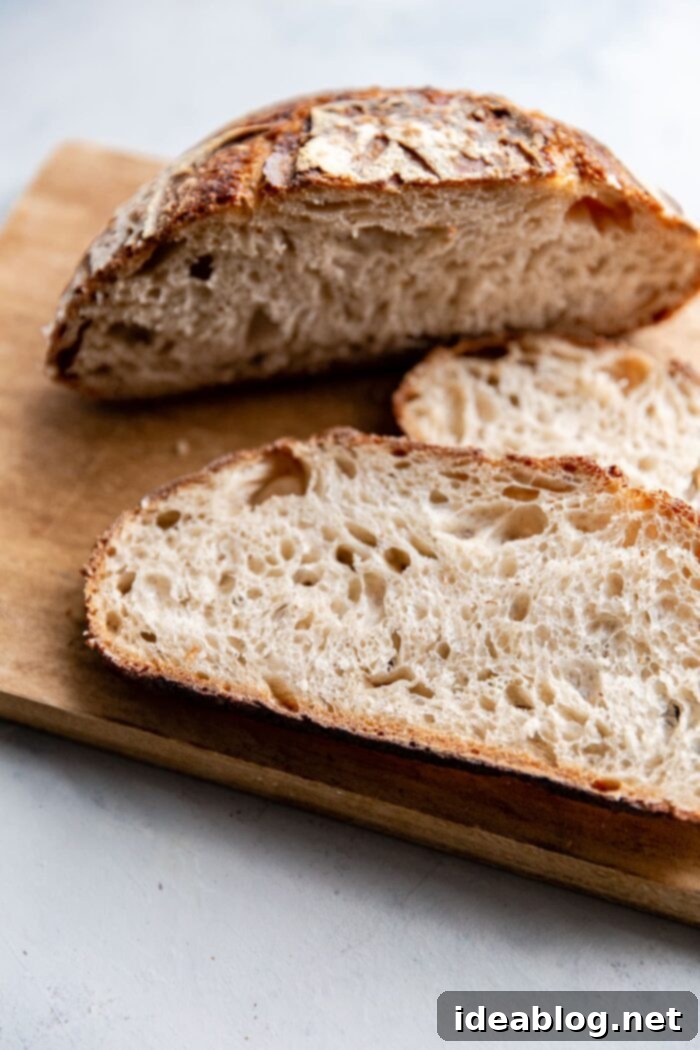
Artisan Sourdough Made Simple – Authored by Emilie Raffa, this cookbook has consistently received glowing reviews, though I do not personally own it. If you identify as a beginner sourdough baker and are actively searching for an incredibly approachable and straightforward resource to kickstart your journey, this cookbook is widely regarded as an excellent starting point. It promises to demystify the process and build confidence.
Bread – Written by Jeffrey Hamelman, this extensive and academic cookbook is truly ideal for seasoned or professional bakers who possess a strong foundational understanding and wish to gain an even deeper, more nuanced understanding of the bread-making process. It is a comprehensive tome for those ready to try their hand at an extensive variety of complex European-style breads. I generally recommend getting your hands on other, more beginner-friendly cookbooks on this list before moving onto this highly advanced resource.
Breaking Bread – This particular cookbook was a thoughtful gift to me from King Arthur Flour, a highly respected name in baking. Authored by their head bread baker, Martin Philip, this book contains an extensive variety of both bread and dessert recipes. Its scope is broad, covering everything from classic bagels and fluffy biscuits to delectable pies and a wide array of other baked goods. While it is not exclusively focused on sourdough, it does contain helpful information, easy-to-follow instructions, and a broad, accessible overview of various bread-making techniques. I generally recommend several other more specialized sourdough cookbooks on this list before acquiring this one, unless you’re looking for a very general baking resource.
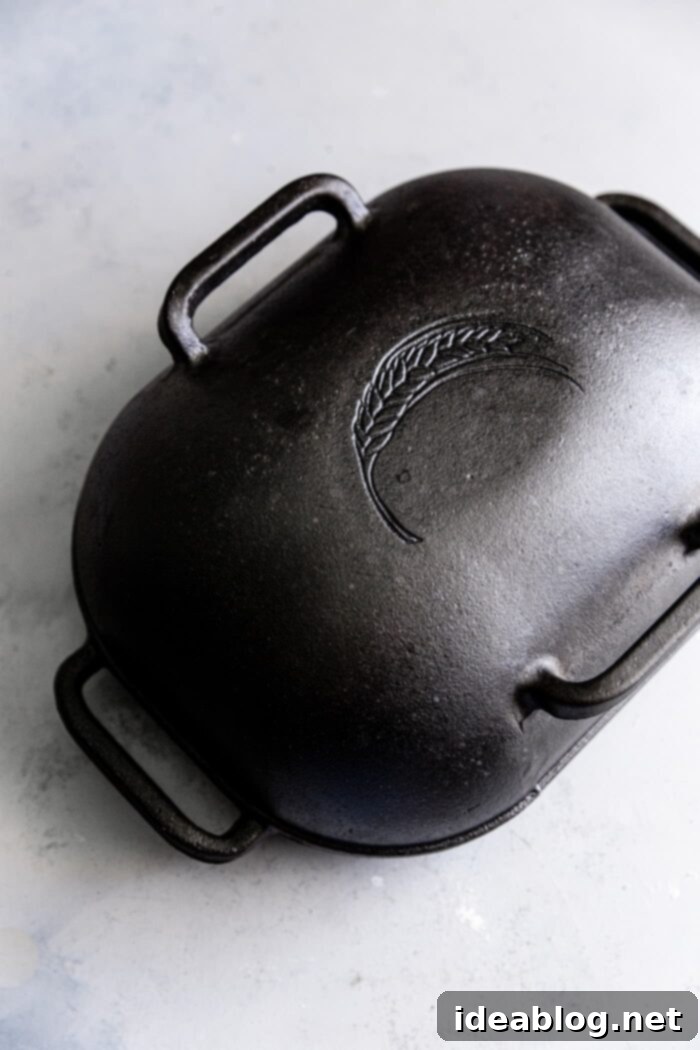
Must-Have Sourdough Tools & Essential Equipment:
Challenger Bread Pan – Without a doubt, this is my single favorite bread baking tool and a game-changer for serious home bakers. If you are genuinely interested in baking sourdough regularly and consistently achieving professional-level results, I highly recommend this pan. While it represents a significant investment, the seamless baking process and superior outcomes it delivers make it incredibly worthwhile. Its heavy cast-iron base and lid are meticulously designed to trap heat and steam beautifully and efficiently within the baking chamber, resulting in significantly improved oven spring and unparalleled crust development—the hallmarks of truly exceptional artisan bread. Furthermore, the shallow base with ergonomic handles enables incredibly easy and safe transfer of your delicate dough, completely eliminating the need for cumbersome parchment paper slings. The Challenger’s unique elongated shape provides remarkable versatility, allowing you to bake perfectly formed boules (round loaves), elegant batards (oval loaves – my personal preferred shape), demi-baguettes, and more. For added utility, the robust base can also be used independently for various stovetop cooking tasks, making it a multi-functional kitchen asset.
Cast Iron Dutch Oven – A reliable Dutch oven is another excellent option for baking superb sourdough bread, and you may very likely already have one in your kitchen. Dutch ovens are highly multi-purpose and incredibly versatile kitchen workhorses, capable of a wide range of cooking tasks beyond just bread. However, it’s important to note that most traditional round Dutch ovens typically cannot accommodate oval (batard) shaped loaves as effectively as a dedicated bread pan. Ideally, you’ll want a Dutch Oven that is 5-6 quarts in size, which is slightly larger than your standard loaf size, providing ample room for dough expansion. I am particularly partial to Staub for its exceptional quality and heat retention, but Le Creuset is another classic, renowned option that will undoubtedly last a lifetime and can be passed down through generations.
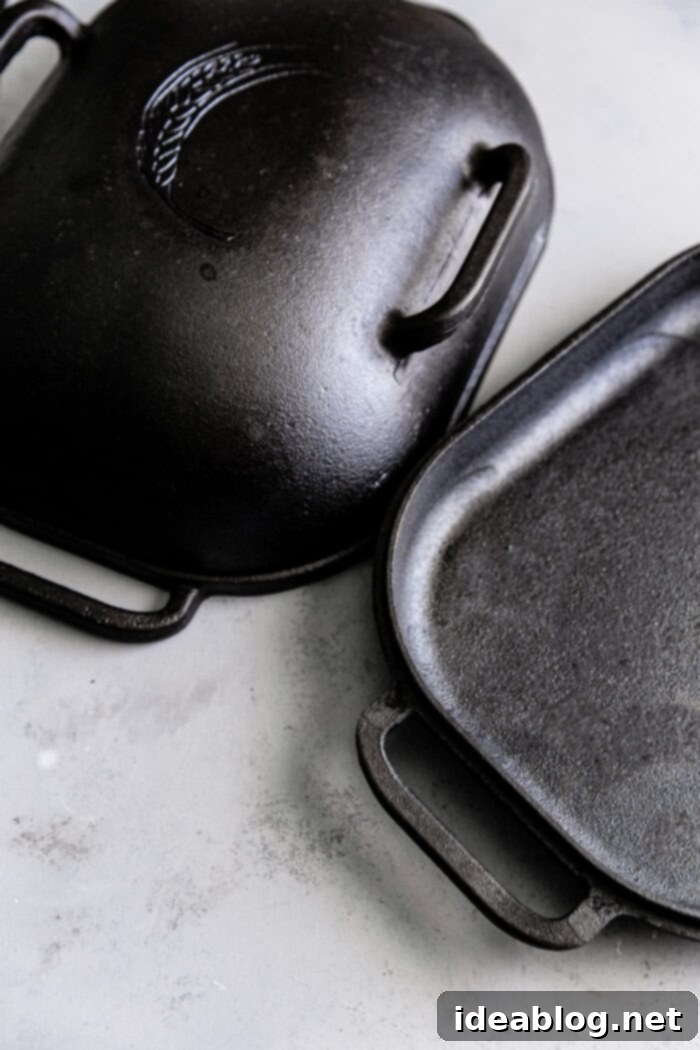
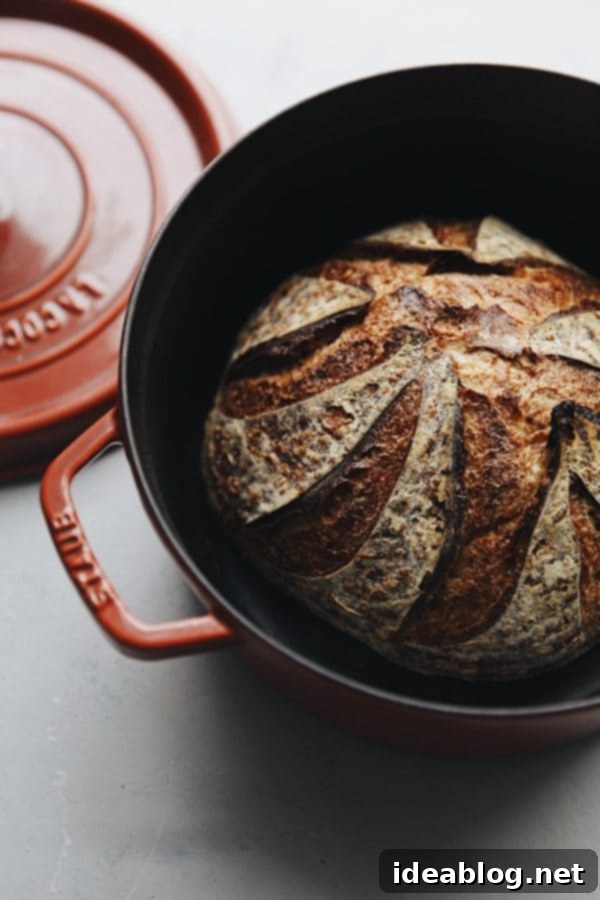
Combo Cooker – Essentially an ingenious inverted Dutch oven, a combo cooker features a cast iron lid that doubles as a skillet and a deeper base that acts as the primary baking vessel. A combo cooker is an excellent and highly practical option if your budget doesn’t currently allow for a dedicated Challenger Bread Pan, or if you don’t own and prefer not to purchase a traditional Dutch oven. It provides an affordable yet highly effective solution that significantly simplifies dough transfer, as you can load the dough onto the shallower skillet base before inverting the deeper pot over it. This design makes handling hot dough much safer and easier, particularly for beginners.
Important Equipment Note: While it is technically possible to bake bread directly on a baking steel or a pizza stone, these methods generally necessitate special, often cumbersome, techniques for effectively trapping steam around the loaf. Steam is an absolutely essential element for achieving that coveted crispy, well-blistered crust – the unmistakable hallmark of truly great artisan bread. Both the Challenger Bread Pan and Dutch Ovens excel at creating and retaining this crucial steamy environment internally, ensuring superior crust development with minimal effort. For consistent, high-quality results, particularly for traditional artisan loaves, an enclosed baking vessel is highly recommended.
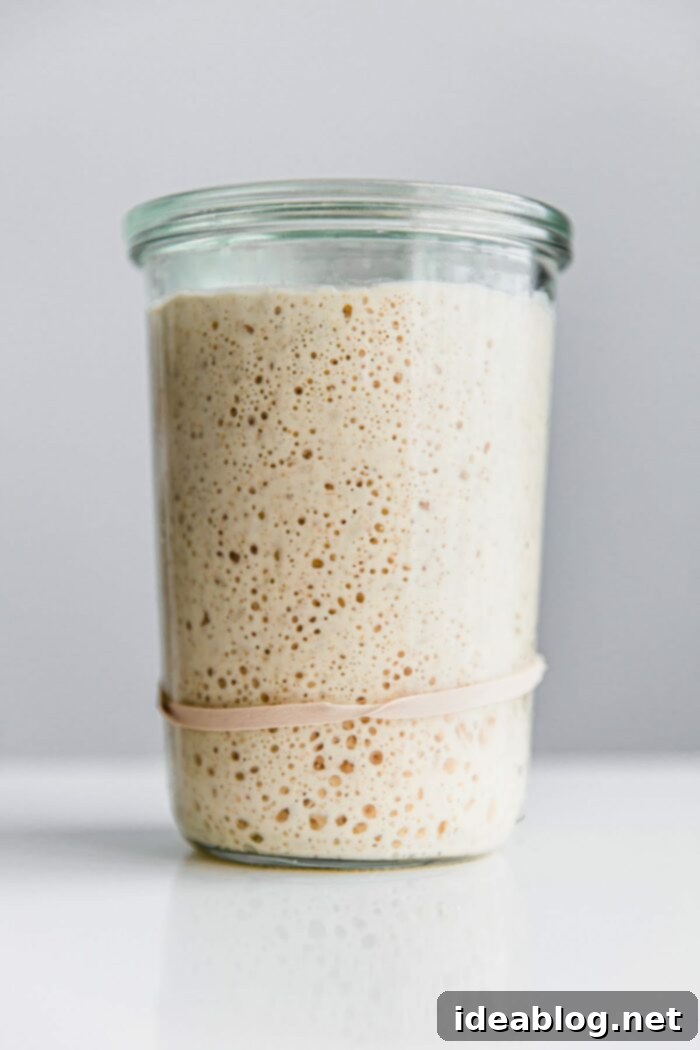
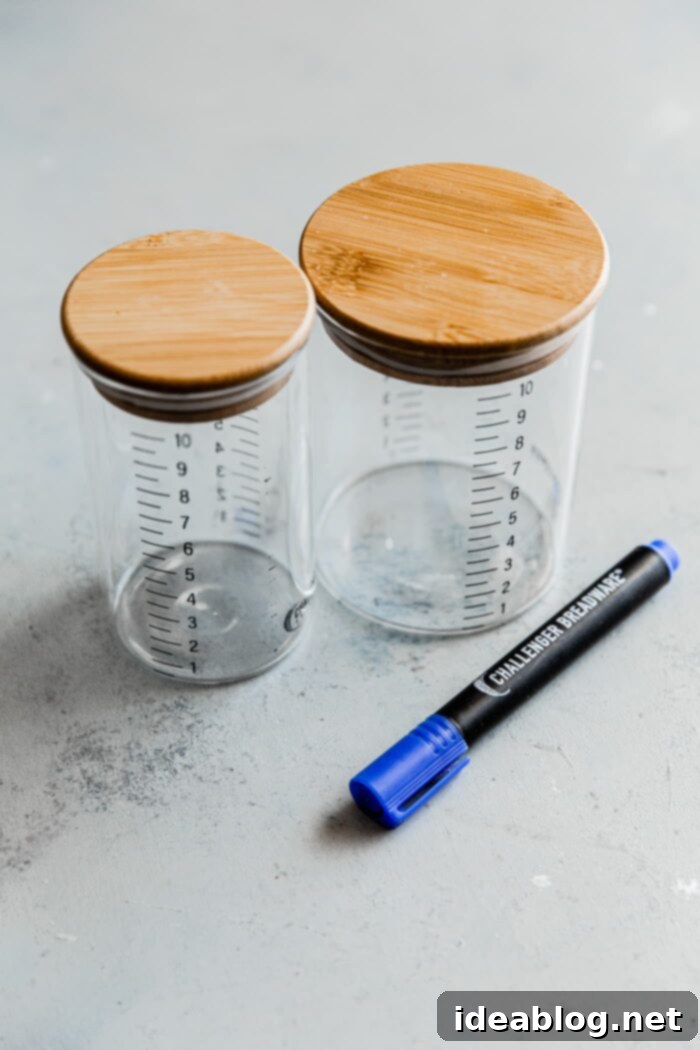
26 Ounce Weck Jar or Basic Straight-Sided Glass Container – You will absolutely need a suitable container for cultivating and maintaining your sourdough starter. The key is to choose a glass container that meets several important criteria: 1) it must be easy-to-clean, ensuring no residue accumulates to harbor unwanted bacteria, 2) it should include a lid that is NOT airtight, as your starter needs to breathe to thrive, 3) it needs to be appropriately sized, allowing you to scale up your starter (e.g., for baking day) and accommodating its impressive growth, which can be up to 4x its original height during peak activity. My absolute favorite vessels for sourdough starters are straight-sided Weck Jars, particularly the 26-ounce size, as their wide mouth and straight sides make feeding and monitoring incredibly simple. However, a thoroughly cleaned and repurposed jar from your pantry can also serve this purpose effectively. I personally keep several sizes on hand, including smaller ones for everyday maintenance feeds. Challenger Breadware also offers dedicated starter jar sets, though these tend to be at a higher price point. A simple trick to visually track your starter’s activity and growth over time is to place a rubber band around the jar at its initial level after feeding.
Baking Scale – A high-quality digital baking scale is not just helpful; it is an absolutely essential tool for precise and consistent bread baking, especially with sourdough. Having a familiarity with gram measurements and understanding baking percentages (baker’s percentages) will elevate you to a more consistent and successful bread baker, as hydration levels and ingredient ratios are critical. Scales also empower you to accurately customize and adapt existing bread recipes, or even create your own, to your liking as you gain experience and confidence.
Instant-Read Thermometer – Accurately measuring temperatures at various stages of bread making is crucial for optimal fermentation and baking results. I highly recommend investing in a high-quality Thermapen Instant-Read Thermometer because you will discover countless uses for it across so many kitchen tasks, and its unparalleled speed and accuracy are truly worth the investment. It’s perfect for checking water temperature for your starter, dough temperature during bulk fermentation, and the internal temperature of your baked loaf for perfect doneness. However, a basic, reliable instant-read thermometer will also suffice for initial stages.
Parchment Paper – If you opt for a standard Dutch oven for baking your sourdough, I strongly recommend keeping a good supply of parchment paper on hand. It serves a vital function: creating a safe and easy way to transfer your delicate, proofed dough into the scorching hot Dutch oven. I personally use and highly endorse this simple yet effective parchment paper sling technique to effortlessly and safely transfer dough without risking burns or deflating your beautifully proofed loaf.
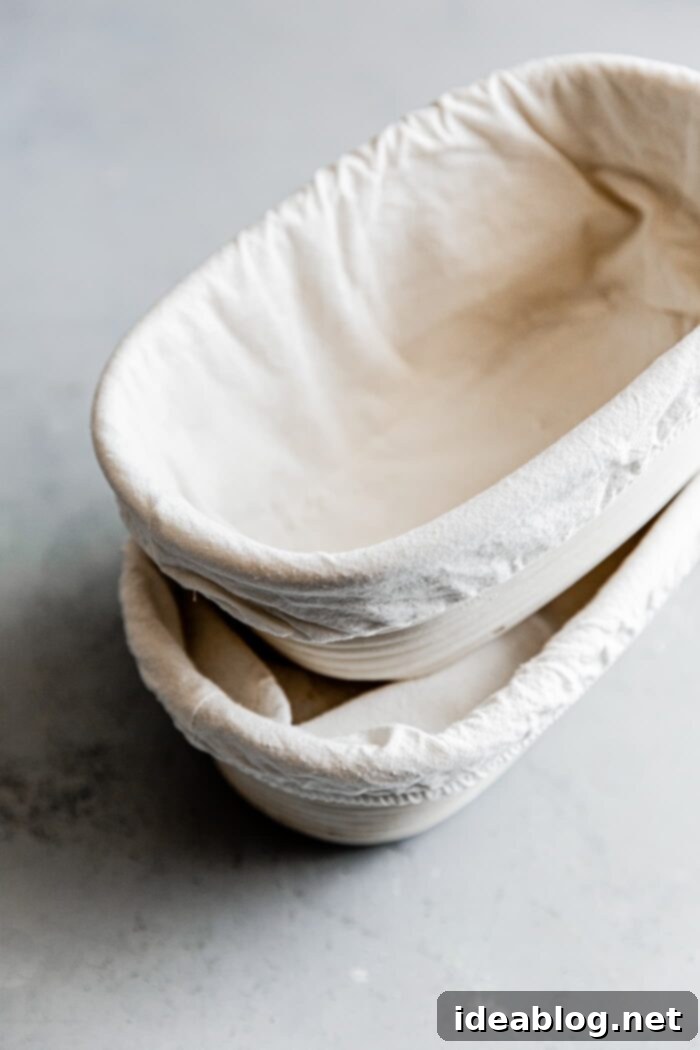
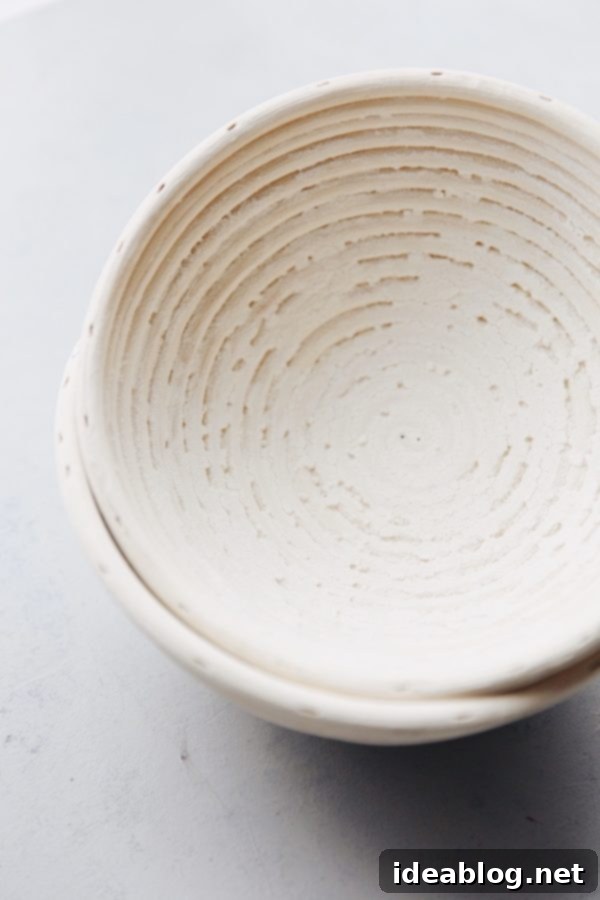
Banneton Baskets or Mixing Bowls with Linen Towels – Bannetons, also known as brotforms or proofing baskets, are traditional natural cane baskets specifically designed to proof and hold your dough during its final rise. The natural cane material is crucial as it helps absorb excess moisture from the surface of the dough, contributing to a better crust. They are available in various sizes and shapes to accommodate different loaf types. When purchasing, ensure you choose bannetons that allow your dough to expand slightly during proofing without overflowing. I highly recommend either 8 or 9-inch round bannetons for boule-shaped loaves, and 10-inch or 11-inch oval bannetons for batard-shaped loaves, depending on the size and shape of your baking vessel. Owning two bannetons is ideal, allowing you the flexibility to bake two loaves concurrently or consecutively. In a pinch, especially for beginners, you can effectively use mixing bowls lined with generously floured kitchen linens as a temporary alternative.
Bench Knife – A basic, sturdy bench knife is genuinely one of my favorite and most frequently used everyday kitchen tools, extending far beyond just bread baking. They are extraordinarily helpful for precisely shaping and dividing sticky bread dough, cleanly scooping up chopped ingredients from your cutting board, and efficiently cleaning off dough remnants from your countertops. I personally prefer bench knives with comfortable rubber handles, as this design allows for easy and hygienic cleaning by simply popping them into the dishwasher after use.
Flexible Bowl Scraper – Flexible bowl scrapers are incredibly affordable and prove to be immensely helpful for a multitude of tasks in sourdough baking. They are perfect for efficiently scraping down the sides of mixing bowls, ensuring no precious dough is left behind, and are also fantastic for gently folding and mixing high-hydration bread dough during various stages of the bulk fermentation process. Their pliable nature makes them ideal for handling sticky doughs without excess sticking.
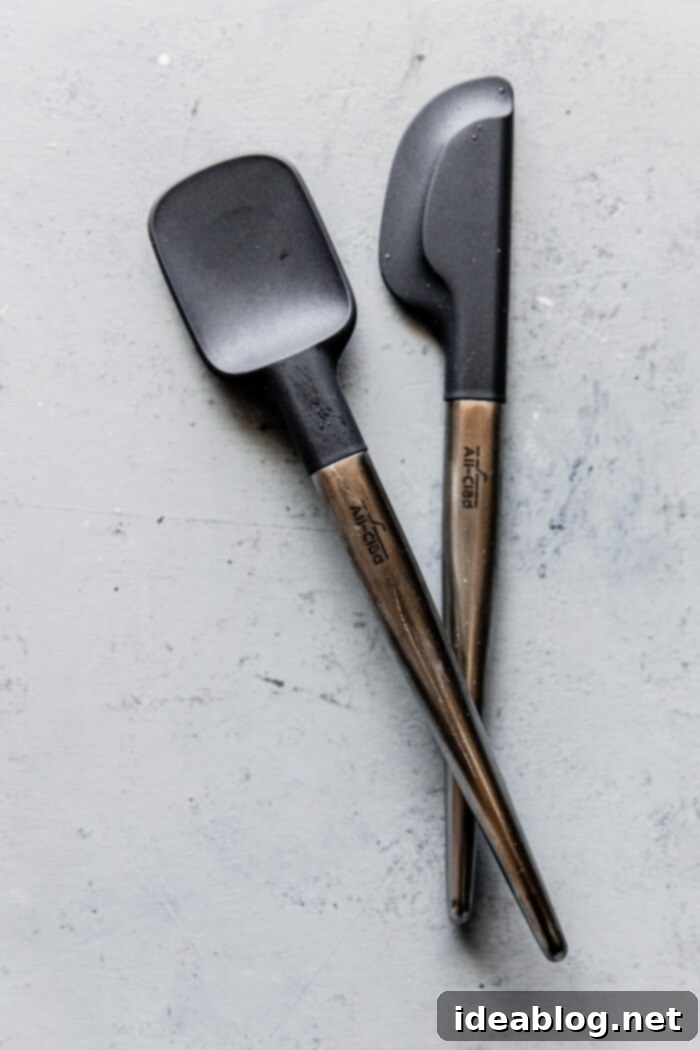
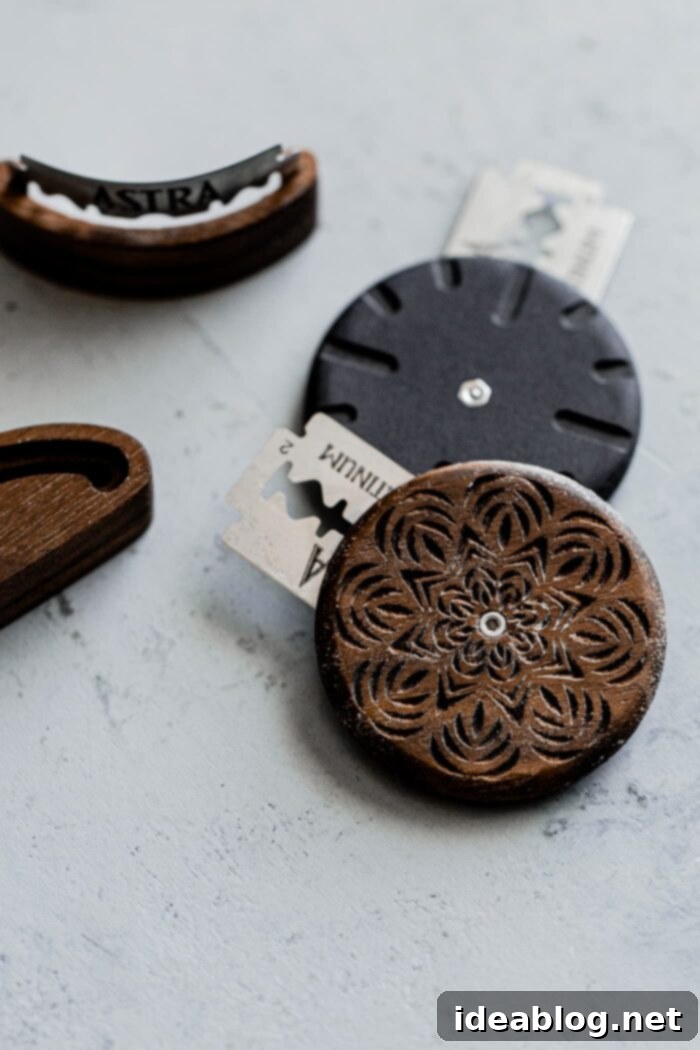
Small Spatula– While not strictly mandatory, a small, flexible rubber spatula is exceptionally helpful for the precise and clean mixing of your sourdough starter in its jar. OXO manufactures a solid and reliable option that is widely available. Personally, I absolutely adore this particular set of All-Clad spatulas, as their ideal size and perfectly contoured shape make them remarkably efficient for thoroughly mixing, folding, and scraping down every last bit of starter from the sides of the jar.
Long Serrated Bread Knife – A good-quality, sharply serrated bread knife, typically 9 to 10 inches in length, is not merely useful but absolutely essential for cleanly slicing bread, particularly crusty artisan loaves like sourdough, without crushing them. Beyond bread, it’s a versatile tool for many other kitchen tasks. It is undeniably a must-have in any well-stocked and functional kitchen. For those seeking a reliable yet budget-friendly option, Mercer offers an excellent choice that delivers impressive performance for its price point.
Bread Lame – If your goal is to create those beautiful, signature bread ‘ears’ or to apply intricate, decorative scores to your sourdough loaves, a specialized bread lame (pronounced ‘lahm’) is an essential tool. I have personally owned and rigorously tested many different lames over the years, but this particular WireMonkey Lame stands out as my absolute favorite for its superior performance (note: ABP readers will receive an automatic 10% discount when using these provided links). Its ergonomic size and thoughtful shape make it incredibly easy and comfortable to hold and maneuver, and the included blades are consistently extremely sharp, ensuring clean, precise cuts every time. While you can technically improvise with a very sharp knife, a pair of scissors, or even craft a makeshift lame using a wooden coffee stirrer and a simple razor blade, a steady, well-designed lame will undoubtedly make the scoring job significantly easier, quicker, and result in much more professional-looking loaves.
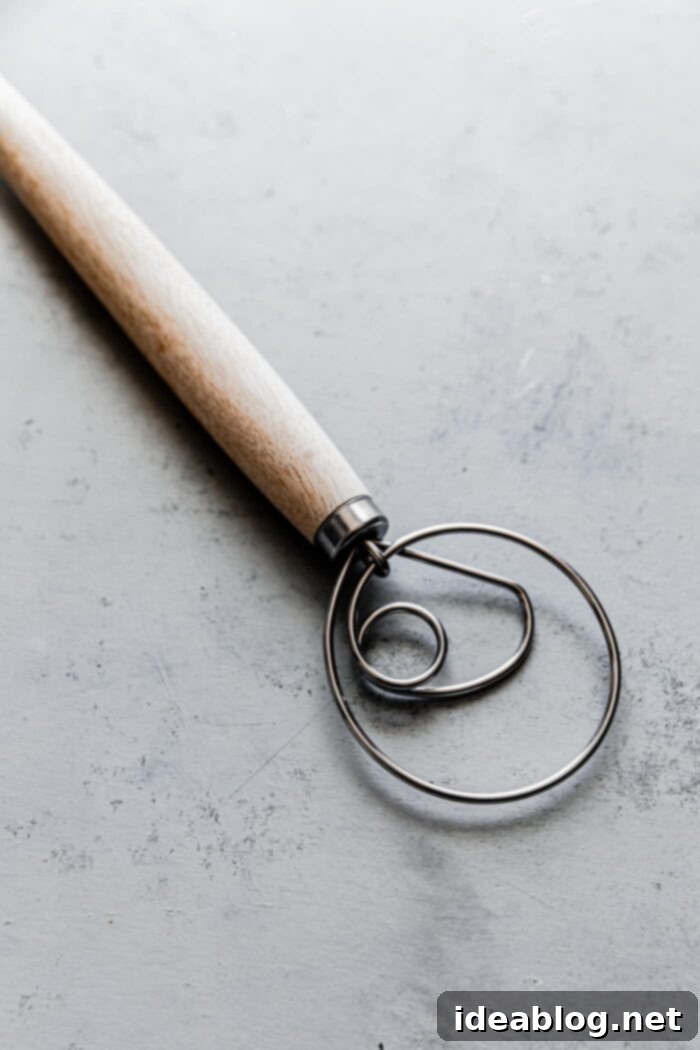
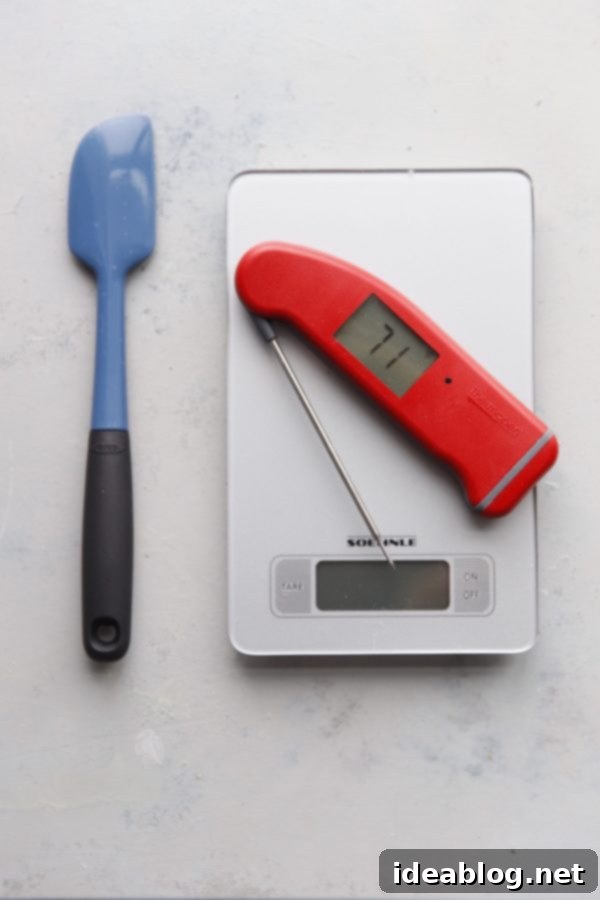
Other Highly Helpful Tools for Sourdough Baking:
Danish Dough Whisk – If you’re looking to maintain a slightly cleaner kitchen and streamline your mixing process, a Danish dough whisk is an exceptionally helpful tool for combining sticky doughs, especially high-hydration sourdough. Its unique, open spiral shape is specifically designed to prevent dough from sticking and clumping within the whisk itself, making mixing much more efficient and cleanup remarkably easy. I regularly use it not only for sourdough bread but also for my sourdough pizza dough, biscuits, and various pastries, proving its versatility.
White Rice Flour – While not always strictly necessary, white rice flour is a truly excellent choice for dusting banneton baskets or proofing bowls. Unlike regular wheat flour, rice flour is significantly less absorbent (and naturally gluten-free), which makes it a superior option for preventing sticky doughs from adhering to the proofing vessel during their critical final rise. This ensures a clean release and preserves the shape of your loaf. The Bob’s Red Mill brand is my consistently recommended choice, and it is thankfully easy to locate in the baking aisle of most well-stocked grocery stores.
Ambient Thermometer – An ambient thermometer, which measures the air temperature of your environment, is an extremely helpful tool, particularly if your home or kitchen experiences notable temperature fluctuations throughout the day or across seasons. Temperature is often referred to as an “ingredient” in bread baking because it profoundly influences many critical elements of the process, including the speed of fermentation and your overall baking timeline. Being able to accurately know the ambient temperature of your space (e.g., where you store your starter, where you bulk proof your dough, etc.) is highly beneficial for consistent and predictable results, allowing you to make necessary adjustments to your schedule.
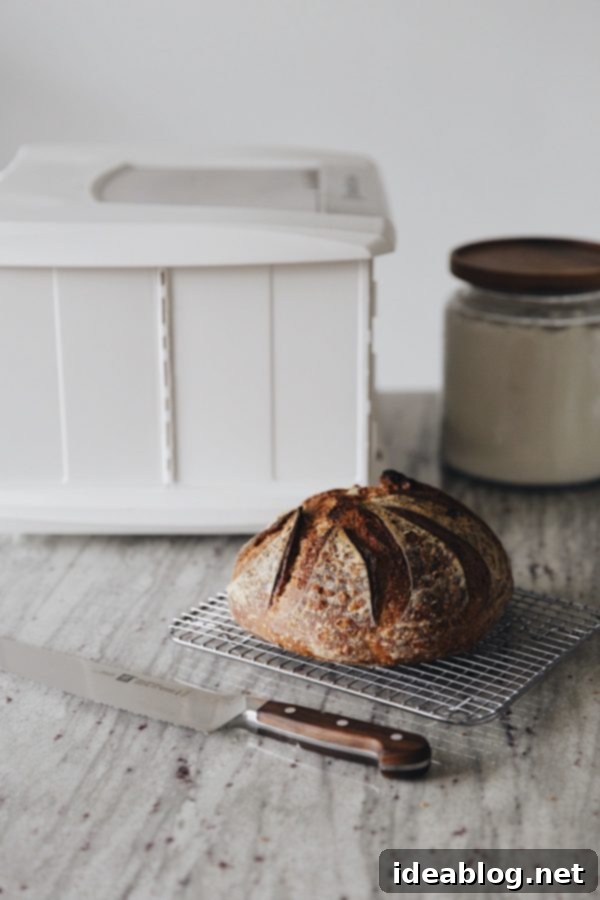
Splurge-Worthy Tools for the Advanced Sourdough Baker:
Brod and Taylor Proofing Box – This remarkable device truly stands as the ultimate bread-baking tool if your ambition is to take your sourdough bread baking to the absolute next level and achieve an incredibly controlled proofing environment. If your home experiences significant or erratic temperature fluctuations, you will absolutely love this indispensable tool. It eliminates the guesswork of fermentation timing by providing a consistent, stable temperature. Beyond bread, it’s also incredibly versatile, ideal for exploring other homemade fermented foods such as kombucha, yogurt, tempeh, and even functions as a warming drawer and slow cooker. This particular proof box can be precisely set from 70°F – 190°F (21°C-88°C) and includes a specialized water tray for accurately controlling humidity, which is vital for perfect dough conditioning.
Detailed Note: I personally invested in a Brod and Taylor Proofing Box specifically to gain significantly more control during the entire fermentation process and to elevate my bread-baking passion to its pinnacle. While it is indeed a splurge, it has proven to be an invaluable tool for consistently controlling flavor development, fermentation rates, precise timing, and numerous other critical factors. The proofer itself is about the size of a small microwave, yet it is remarkably energy-efficient and, a huge bonus, can be elegantly folded down flat for convenient storage when not in use. Its generous interior is spacious enough to comfortably hold a sourdough starter, an active levain, and even a batch of dough for bulk fermentation, all simultaneously.
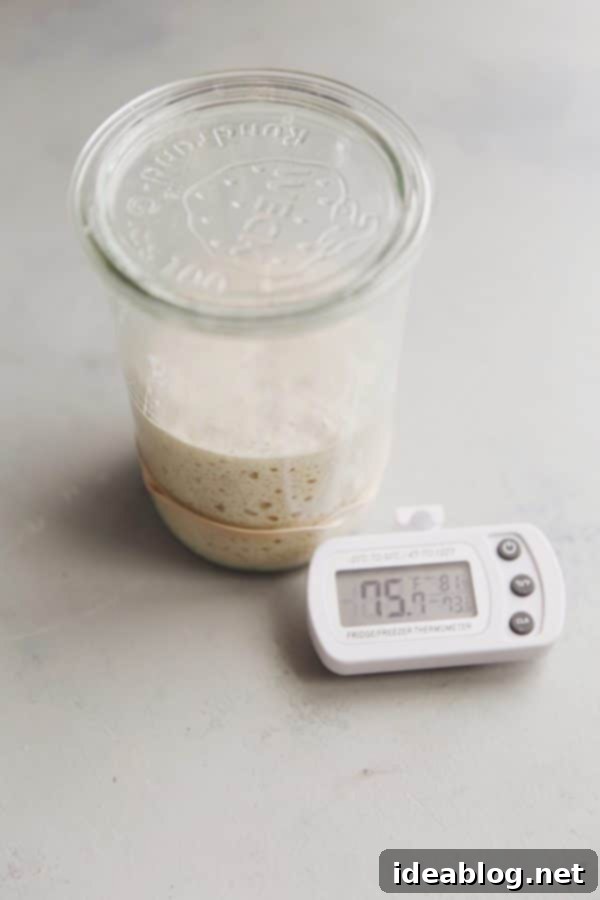
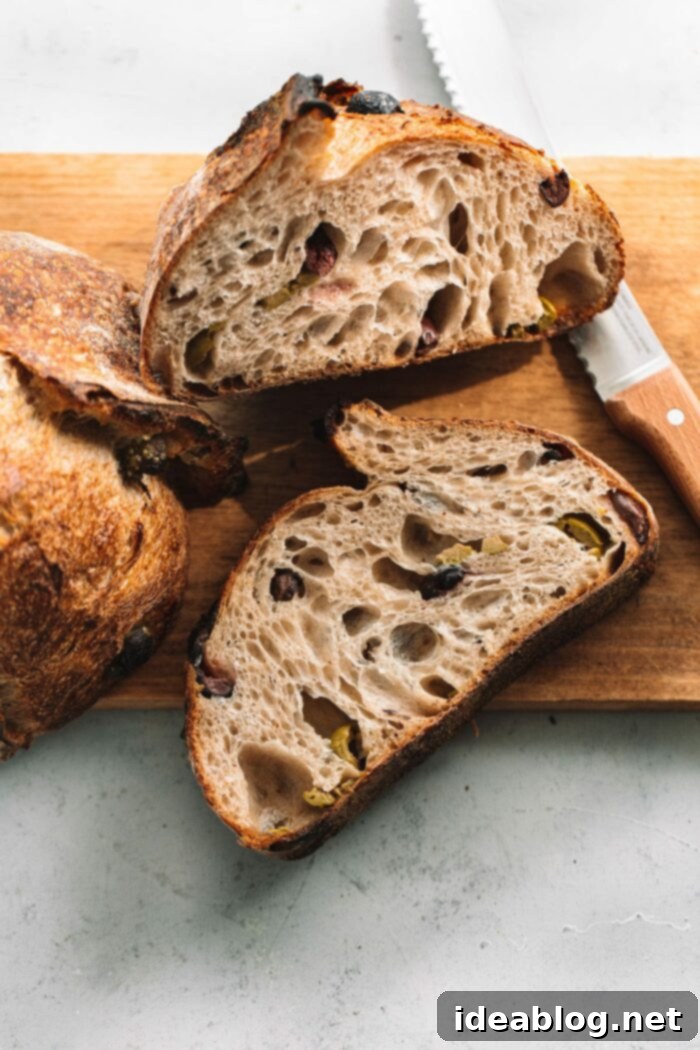
Baking Steel – It’s important to reiterate that if you primarily plan to bake your artisan sourdough bread in an enclosed vessel like the Challenger Bread Pan or a Dutch Oven, you absolutely do not need a baking steel or stone. However, if you are keen to explore baking different bread shapes that don’t fit into these vessels (such as baguettes or hearth loaves baked directly on a surface), a baking steel is a truly wonderful and versatile investment. When it’s not being actively used for baking bread, it remains in your oven, radiating heat evenly and consistently, providing a superior hot surface for baking other items such as pies, cookies, and especially pizza. Baking steels excel at retaining significantly more heat than traditional baking stones, making them an ideal choice for achieving that perfect, crispy pizza crust, and they are also considerably more durable and easier to clean.
I hope this extensive guide empowers you on your sourdough journey! Please feel free to ask any questions you may have in the comments section below, and I’ll be delighted to provide answers and further insights. For more behind-the-scenes videos and daily updates on my sourdough bread making process, be sure to follow along on Instagram. Happy baking!
For additional, in-depth sourdough baking resources and troubleshooting assistance, please be sure to check out the following valuable articles and guides:
- How to Dry Sourdough Starter (and discover other reliable storage methods) + learn How to Revive Dried Sourdough Starter
- Comprehensive Sourdough Starter Troubleshooting Guide to keep your starter thriving
- Essential Sourdough Bread Baking Troubleshooting Guide for perfect loaves every time
- Practical advice on How to Store, Freeze, and Refresh Bread to extend its freshness
- My acclaimed Artisan Sourdough Bread Recipe + a detailed, step-by-step YouTube Video for visual guidance
- Delicious Sourdough Pizza Dough recipe for homemade gourmet pizzas
